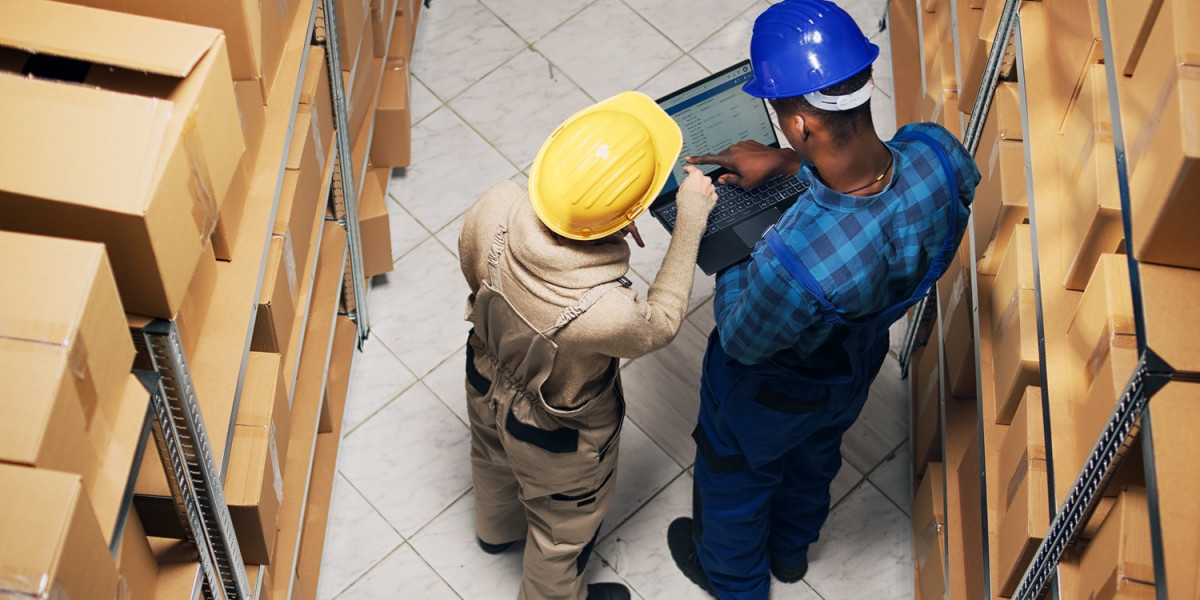The green concrete market, a sector focused on creating more sustainable and environmentally-friendly building materials, has gained significant attention due to the global push for more sustainable construction practices. However, despite its potential and benefits, the market faces several challenges that hinder its widespread adoption and growth. These pain points include the higher cost of production, limited awareness, technical barriers, and inconsistent quality control. Overcoming these issues is essential for maximizing the potential of green concrete in the global construction industry.
1. High Production Costs
One of the primary pain points for the green concrete market is the higher production cost when compared to traditional concrete. Green concrete often incorporates alternative materials such as recycled aggregates, fly ash, or slag, which are not always as readily available as conventional raw materials like limestone and clay. Additionally, the production processes involved in utilizing these alternative materials may require advanced technology or additional steps, which increases overall costs. This higher cost can be a significant barrier, especially in regions where cost-efficiency is a top priority in construction projects. The increased price of green concrete can deter contractors from making the switch to more sustainable materials, particularly in price-sensitive markets.
2. Limited Awareness and Knowledge Gaps
Another challenge affecting the green concrete market is the lack of awareness and understanding of its benefits and potential applications among key stakeholders. Many construction professionals, including architects, engineers, and builders, still perceive green concrete as untested or difficult to work with compared to traditional concrete. This lack of knowledge is compounded by a general reluctance to embrace new materials, particularly in large-scale projects where the risk of failure or delays is a significant concern. Moreover, misconceptions about the durability, strength, and performance of green concrete often lead to resistance in its adoption. Without sufficient education and training for construction industry professionals, the uptake of green concrete remains slow.
3. Technical Barriers to Widespread Use
While green concrete has shown promise in terms of sustainability, technical barriers remain a significant pain point for its widespread use. Green concrete formulations often require modifications to traditional concrete mixing, curing, and application techniques. For example, the use of recycled materials can affect the consistency of the mix, making it more challenging to achieve uniformity and required strength. This inconsistency can lead to quality issues, which in turn can raise concerns about the structural integrity of buildings. Additionally, some of the alternative materials used in green concrete may not be suitable for all types of construction, such as high-performance or extreme environmental conditions. Overcoming these technical barriers requires significant research and development to improve the formulation of green concrete and make it viable for more applications.
4. Inconsistent Quality Control and Standards
The green concrete market also faces challenges regarding inconsistent quality control and the absence of standardized guidelines. Because the materials used in green concrete, such as industrial by-products and recycled aggregates, can vary widely in quality, ensuring consistent performance across batches can be difficult. This inconsistency can lead to variations in the strength and durability of the final product, which is a critical factor in the construction industry. Furthermore, there are no universally accepted standards or certifications for green concrete, making it difficult for builders and developers to assess the quality and reliability of the material. The absence of standardization can create uncertainty and reluctance among industry professionals to adopt green concrete in their projects.
5. Availability of Raw Materials
A critical challenge for the green concrete market is the availability of raw materials needed to create the product. Many green concrete formulations depend on industrial by-products like fly ash or slag, which are by-products of other industries such as power generation or steel manufacturing. The availability of these materials can be unpredictable, especially in regions where the relevant industries are not active or are reducing output. The reliance on waste materials can also lead to supply chain issues, particularly during periods of economic or industrial downturns. A stable and consistent supply of raw materials is necessary for the large-scale production of green concrete, but this is not always guaranteed, which affects its widespread use.
6. Regulatory and Legal Hurdles
In many countries, the adoption of green concrete is slowed by regulatory and legal hurdles. While there is a global push for sustainable building practices, the legislative landscape for green construction materials is still evolving. Many regions lack the proper regulations or incentives to encourage the widespread use of green concrete. Furthermore, some jurisdictions have strict codes and standards for construction materials, which may not yet recognize green concrete as an approved material, limiting its application. This creates a barrier for construction firms that want to incorporate green concrete into their projects but must first navigate complex regulatory environments.
7. Market Fragmentation
The green concrete market remains fragmented, with many small players offering varying formulations of green concrete, which makes it difficult for large-scale adoption. This fragmentation leads to inconsistencies in quality, performance, and pricing, further deterring large construction projects from using green concrete. Large-scale manufacturers that can standardize production are few, and the market is still maturing, meaning that developers and contractors often face challenges in sourcing reliable, high-quality green concrete. Consolidation in the market could help address these issues, but it will take time and investment to bring larger manufacturers to the forefront.
Conclusion
While the green concrete market holds immense potential for contributing to more sustainable construction practices, it is currently hindered by a range of pain points. These challenges, from high production costs and limited awareness to technical and regulatory barriers, must be addressed to enable the widespread adoption of green concrete. By focusing on overcoming these obstacles, the market can move towards becoming a key player in the global effort to reduce carbon emissions and create more sustainable infrastructure. The future of green concrete lies in collaboration between industry stakeholders, governments, and researchers to streamline production, improve material availability, and foster greater understanding of its benefits.









